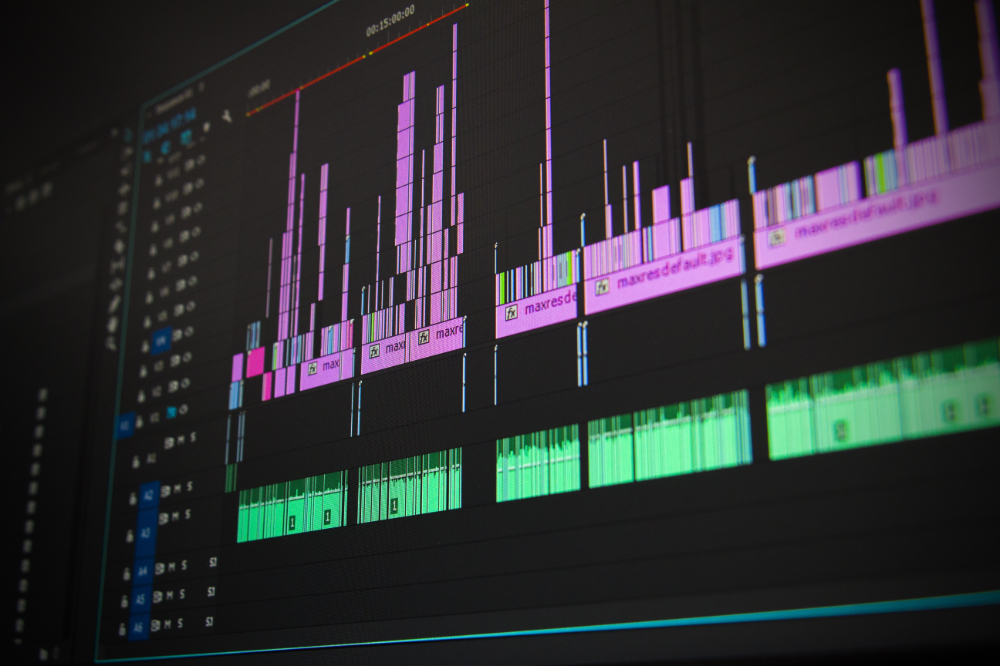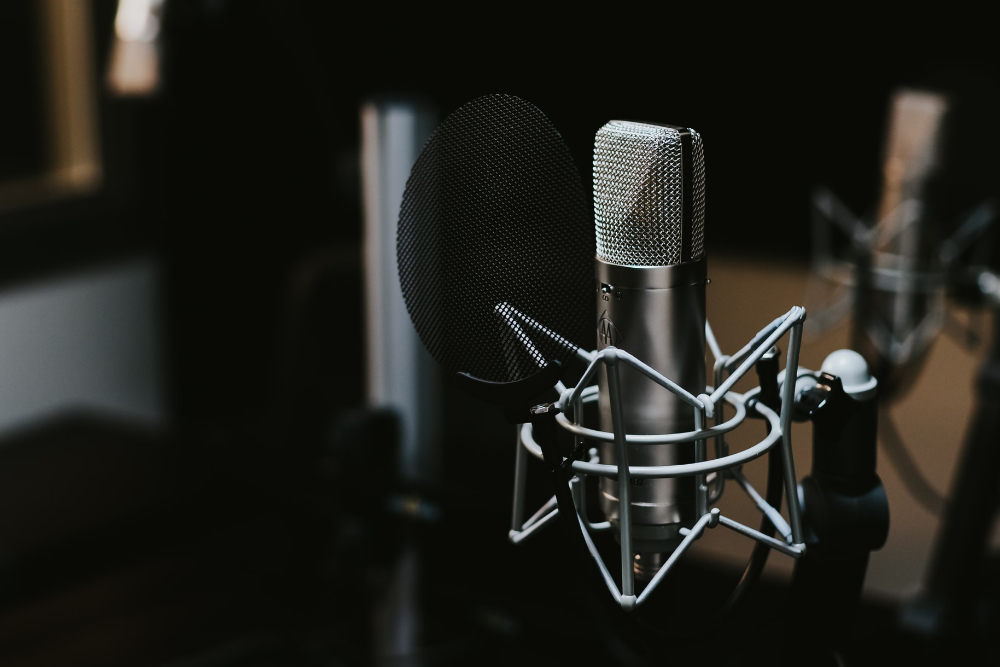Music creation involves various functional aspects that come together to produce a piece of music. These aspects encompass both the technical and creative processes required to compose, arrange, and produce music. Here are some key functional aspects of music creation:
1. **Composition:** The foundation of music creation lies in composing melodies, harmonies, and rhythms. Composers use their creativity and knowledge of music theory to craft original musical ideas and structures. This process can involve instruments, software, or even pen and paper, depending on the composer's preference.
2. **Arrangement:** After the composition, the arrangement process involves deciding how different musical elements will fit together in the final piece. This includes selecting instruments, assigning parts to each instrument, and orchestrating the overall sound of the music.
3. **Instrumentation:** Choosing the right instruments for a particular piece of music is crucial. Different instruments contribute to the texture and character of the music, and the arrangement determines which instruments will be used and how they interact with each other.
4. **Recording:** Once the composition and arrangement are in place, the recording phase begins. This can involve studio recording with live musicians or digital recording using software and virtual instruments. Capturing a high-quality recording is essential for the production process.
5. **Editing:** Editing involves fine-tuning the recorded material to achieve the desired sound and performance. This process includes cutting, copying, pasting, and adjusting individual parts to ensure the music flows seamlessly and aligns with the composer's vision.
6. **Mixing:** Mixing is the art of balancing and blending all the individual tracks and elements of a song into a cohesive whole. It involves adjusting the volume, panning, and applying various audio effects to achieve clarity, depth, and a balanced sound.
7. **Mastering:** Mastering is the final step in the production process. It involves preparing the mixed audio for distribution by applying overall equalization, compression, and other enhancements to ensure the music sounds consistent and polished across different playback systems.
8. **Improvisation:** In certain genres, improvisation plays a significant role, especially in jazz, blues, and some forms of world music. Musicians spontaneously create melodies, solos, or accompaniments within the framework of the composition.
9. **Collaboration:** Music creation often involves collaboration between musicians, composers, arrangers, producers, engineers, and other professionals. Effective communication and teamwork are essential to bring different creative ideas together.
10. **Technology:** Modern music creation heavily relies on various technologies, including digital audio workstations (DAWs), virtual instruments, MIDI controllers, and plugins. These tools enhance the creative process and enable musicians to explore a vast range of sounds and possibilities.
11. **Emotional Expression:** Beyond the technical aspects, music creation is an art form that allows artists to convey emotions, tell stories, and connect with their audience on a deep level. The ability to evoke feelings through music is a fundamental aspect of its creation.
Overall, music creation is a dynamic process that requires a balance of technical skill, creative expression, and emotional depth. Whether it's a simple acoustic performance or an elaborate electronic composition, the functional aspects come together to give life to a piece of music.



